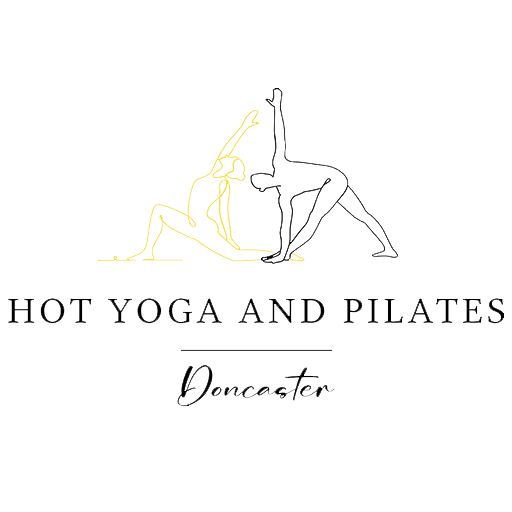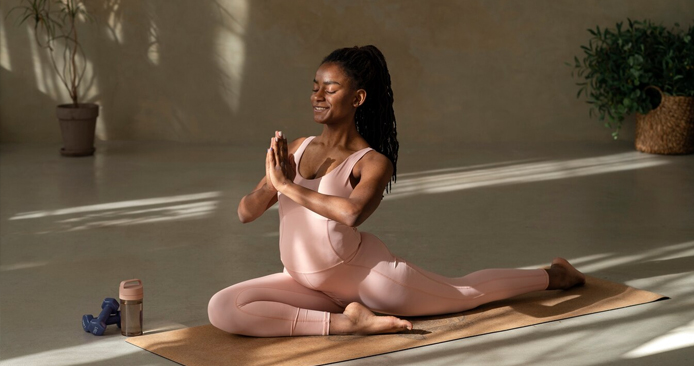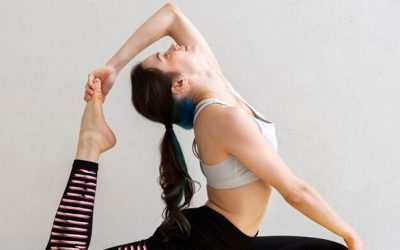Pregnancy is a beautiful journey, but it can come with its own set of physical and emotional challenges. Prenatal yoga is a wonderful way to support your body and mind during this transformative time. It can help alleviate common discomforts, prepare your body for childbirth, and provide a sense of relaxation and connection to your growing baby.
Benefits
- Promotes Flexibility: Yoga helps to stretch and tone muscles, improving flexibility, which can be beneficial during labor and childbirth.
- Alleviates Discomfort: Prenatal yoga can help alleviate common discomforts of pregnancy such as back pain, swollen ankles, and sciatica.
- Improves Circulation: Certain yoga poses help to improve blood circulation, reducing the risk of swelling and varicose veins.
- Enhances Strength: Yoga builds strength in key muscle groups, including the pelvic floor muscles, which can support the weight of the growing baby and aid in delivery.
- Promotes Breath Awareness: Prenatal yoga emphasizes deep breathing techniques, which can be invaluable during labor and delivery to manage pain and stay calm.
- Encourages Mindfulness: Practicing mindfulness during yoga can help expectant mothers develop focus and presence, which can be beneficial during childbirth.
- Provides Coping Strategies: Yoga teaches coping strategies such as visualization, affirmations, and relaxation techniques that can help manage labor pain and discomfort.
- Reduces Stress: Practicing yoga encourages relaxation and mindfulness, reducing stress levels and promoting emotional well-being.
- Enhances Mood: Yoga releases endorphins, the body’s natural mood-boosting hormones, helping to alleviate mood swings and anxiety.
Here are some safe and beneficial yoga poses for expectant mothers:
- Cat-Cow Pose (Marjaryasana-Bitilasana)
Cat-Cow is a gentle way to keep your spine flexible and relieve back pain, which is common during pregnancy.
How to do it
- Start on your hands and knees in a tabletop position.
- Inhale, dropping your belly towards the mat while lifting your head and tailbone towards the ceiling (Cow Pose).
- Exhale, drawing your belly button to your spine and rounding your back towards the ceiling (Cat Pose).
- Repeat for 5-10 breaths.
- Child’s Pose (Balasana)
Child’s Pose is a resting pose that can help alleviate lower back pain and provide a moment of rest.
How to do it
- Kneel on the mat with your big toes touching and knees spread wide.
- Sit back on your heels and fold forward, extending your arms in front of you.
- Rest your forehead on the mat and breathe deeply.
- Hold for as long as comfortable.
- Warrior II (Virabhadrasana II)
Warrior II strengthens the legs and opens the hips, helping to build stamina and balance.
How to do it
- Stand with your feet about 3-4 feet apart, turning your right foot out and your left foot slightly in.
- Bend your right knee, keeping it over your ankle, and extend your arms out to the sides at shoulder height.
- Look over your right hand and hold for 5-10 breaths.
- Repeat on the other side.
- Triangle Pose (Trikonasana)
Triangle Pose stretches the legs and back while opening the hips and shoulders, promoting overall flexibility.
How to do it
- Stand with your feet wide apart, turning your right foot out and your left foot slightly in.
- Extend your arms out to the sides and reach forward with your right hand.
- Lower your right hand to your shin or a block and extend your left arm towards the ceiling.
- Look up at your left hand and hold for 5-10 breaths.
- Repeat on the other side.
- Butterfly Pose (Baddha Konasana)
Butterfly Pose is excellent for opening the hips and groin, which can help during childbirth.
How to do it
- Sit with your feet together and knees bent out to the sides.
- Hold your feet with your hands and gently press your knees towards the floor.
- Sit up tall and breathe deeply, holding for 5-10 breaths.
- **Corpse Pose (Savasana)**
While traditional Savasana involves lying flat on your back, it can be modified for pregnancy to ensure comfort and safety.
How to do it
- Lie on your left side with a bolster or pillows supporting your head and between your knees.
- Close your eyes and relax completely, focusing on your breath.
- Stay in this position for 5-10 minutes.
Tips for Practicing Prenatal Yoga Safely
- Listen to Your Body:Always pay attention to how you feel. If a pose causes discomfort, modify it or skip it.
- Avoid Deep Twists and Backbends: These can compress the belly and are best avoided during pregnancy.
- Stay Hydrated:Drink plenty of water before, during, and after your practice.
- Use Props: Blocks, bolsters, and straps can help you modify poses to suit your body’s needs.
- Consult with Your Doctor:Before starting any new exercise regimen, it’s always a good idea to check with your healthcare provider.
Conclusion
Prenatal yoga is a wonderful way to stay active and connected to your body during pregnancy. These safe poses can help alleviate common discomforts and prepare your body for the demands of childbirth. Remember to listen to your body and modify poses as needed to ensure a comfortable and beneficial practice.





